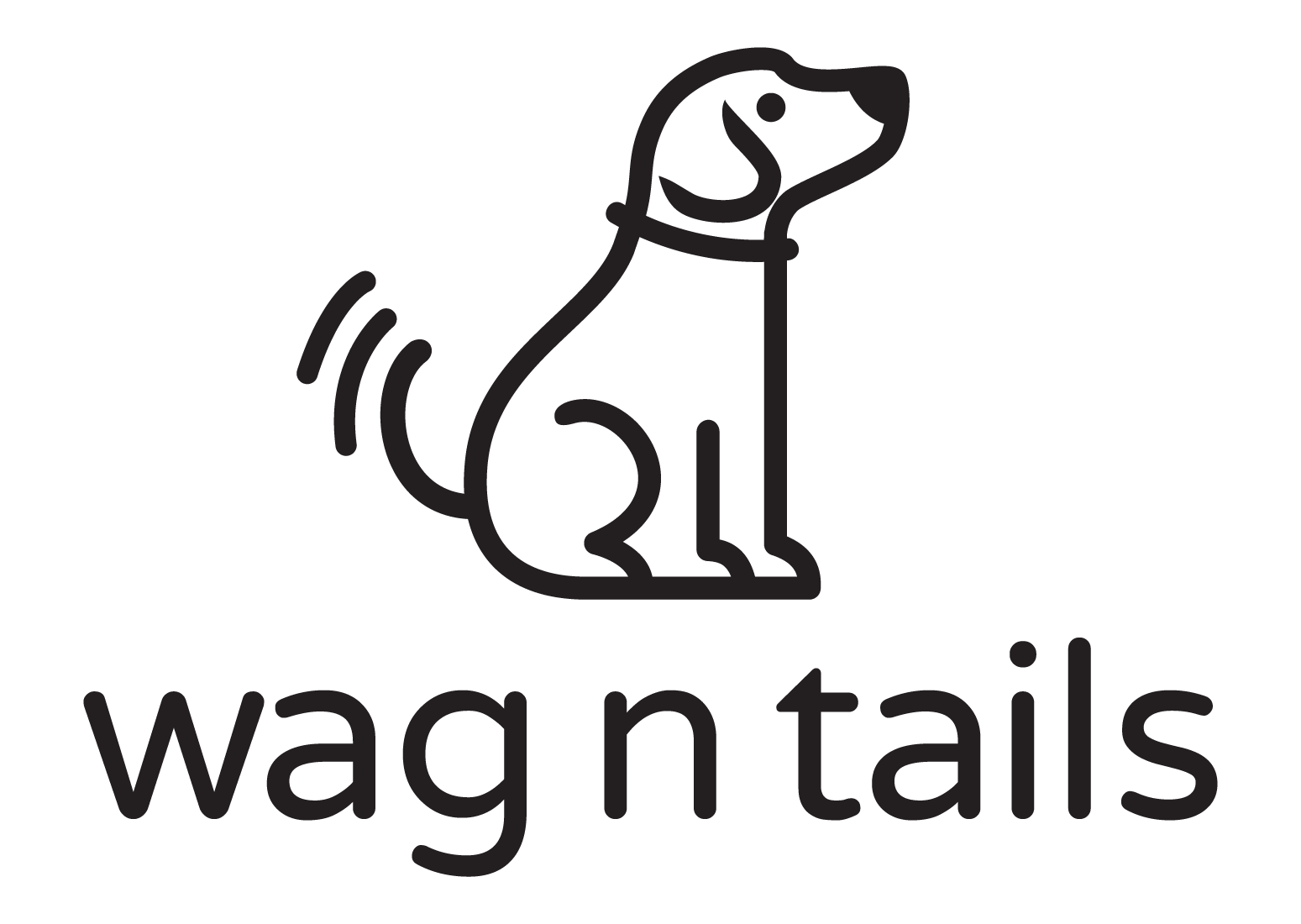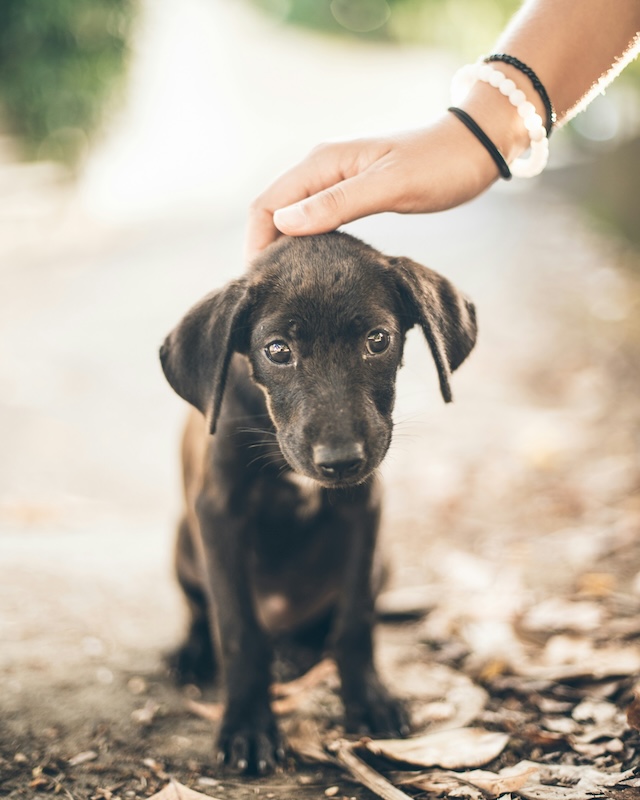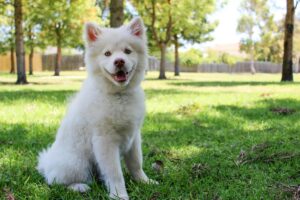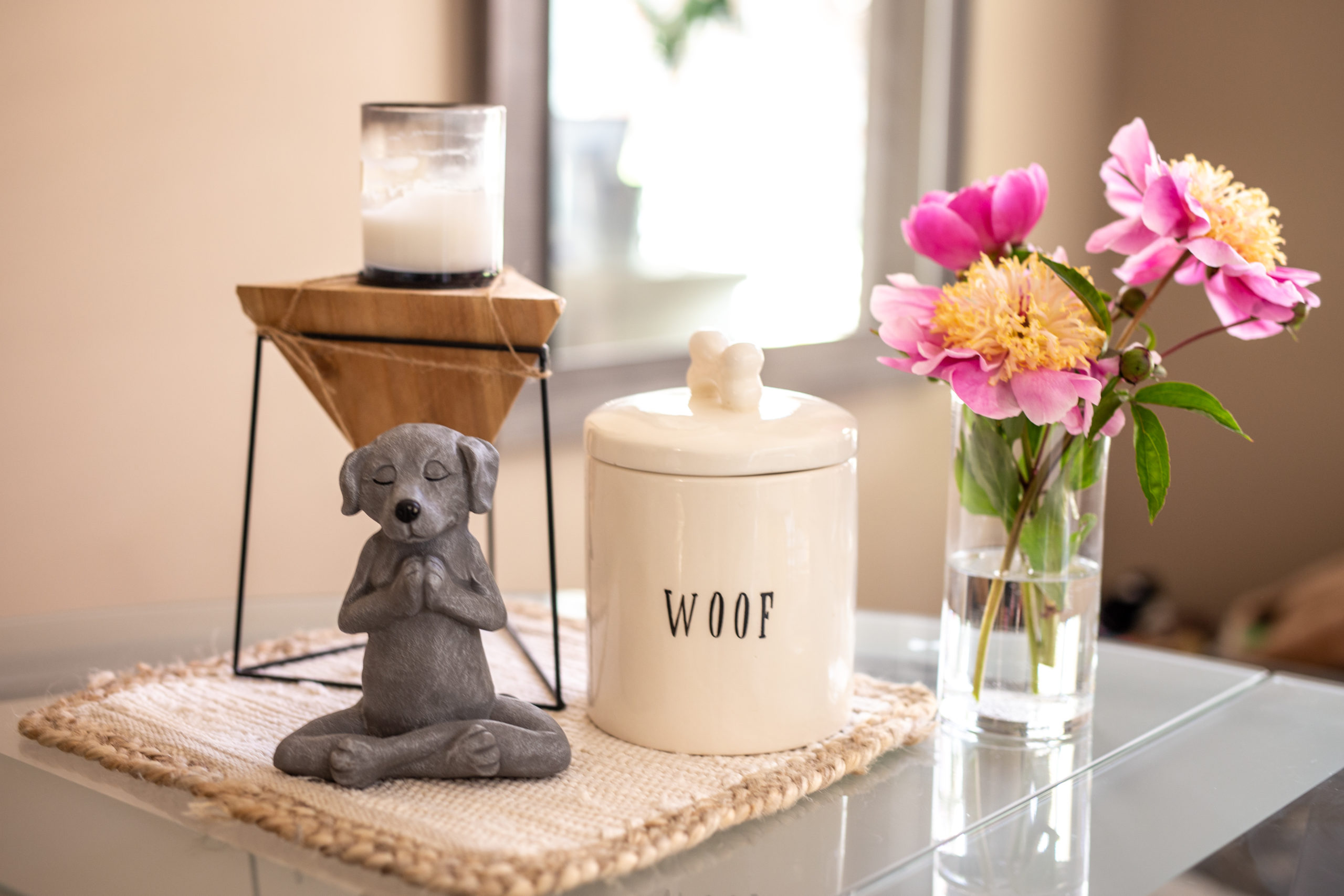Separation anxiety is a common issue that many dog owners face. It can be distressing for both the dog and the owner, but there are steps you can take to help prevent this behavior from developing. By implementing the following tips, you can help your dog feel more comfortable and secure when left alone.
Start early socialization: Early socialization is crucial for helping dogs become more confident and adaptable. Expose your puppy to different environments, people, and animals from a young age to help them become accustomed to new experiences.
Create a safe and comfortable environment: Make sure your dog has a cozy and secure space to call their own, such as a comfortable bed or crate. This can help them feel safe and secure when you are not around.
Crate training: Crate training can help provide a safe and secure space for your dog when you are not at home. Introduce the crate gradually and make it a positive experience by using treats and praise – while you are home. A crate can also help prevent destructive behavior and give your dog a sense of security once you build up to using the crate when you’re not present.
Practice short absences: Gradually increase the amount of time you are away from your dog to help them get used to being alone. Start with short absences and gradually work your way up to longer periods of time.
Provide mental and physical stimulation: Keep your dog mentally and physically stimulated by providing them with plenty of toys, puzzles, and exercise. This can help prevent boredom and anxiety when left alone.
Establish a routine: Dogs thrive on routine, so try to establish a consistent schedule for feeding, walks, and playtime. This can help your dog feel more secure and reduce anxiety when you are not at home.
Seek professional help if needed: If your dog is already showing signs of separation anxiety, it is important to seek help from a professional trainer or behaviorist. They can provide guidance and support to help you address the issue and create a plan to help your dog feel more comfortable when left alone.
By taking these steps, including crate training, you can help prevent separation anxiety in your dog and create a happier and more relaxed environment for both you and your dog.
Happy training!
I’m genuinely excited to have you following me here, and I’m eager for you to embark on this enlightening training journey with you and your dog. So, pour yourself a cup of your favorite tea or coffee, settle in, and grab my favorite ebook here: https://stan.store/christinefox/p/get-your-mindfulness-ebook-now-d3rhp
Want to learn even more about how dogs learn? Join my upcoming webinar: https://stan.store/christinefox
More bond building tips: https://youtube.com/shorts/Hm7kLXee2YU?si=0NB0SZU7cwvalVH9





